A Tale Of Two 'Smidt'(ies)
severnside
12 years ago
Related Stories
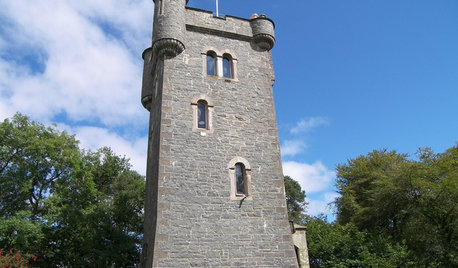
TRAVEL BY DESIGNLive a Fairy Tale in a Getaway Castle Tower
Let down your hair or just savor the idyllic views. In these 5 remodeled European towers, how the story goes is up to you
Full Story
DECORATING GUIDES10 Design Tips Learned From the Worst Advice Ever
If these Houzzers’ tales don’t bolster the courage of your design convictions, nothing will
Full Story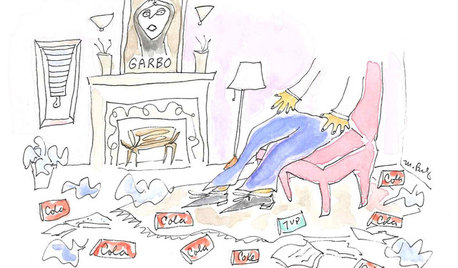
LIFEPortrait of a Terrible Housekeeper
Even in hair-raising tales and harebrained organizing schemes, there's something we can learn
Full Story
DECORATING GUIDESFrom Queasy Colors to Killer Tables: Your Worst Decorating Mistakes
Houzzers spill the beans about buying blunders, painting problems and DIY disasters
Full Story
ENTERTAININGModern Manners: Smooth Moves for Kids' Visits
For hosting kids or visiting with Junior in tow, we give you a plan to keep stress levels low and fun levels high
Full Story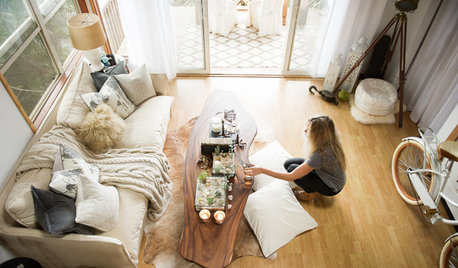
HOUZZ TOURS13 Character-Filled Homes Between 1,000 and 1,500 Square Feet
See how homeowners have channeled their creativity into homes that are bright, inviting and one of a kind
Full Story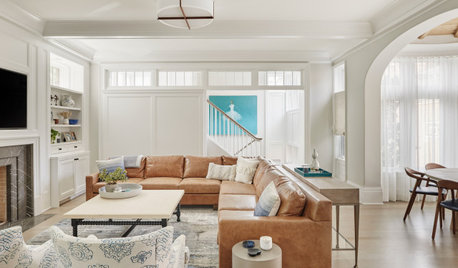
HOUSEKEEPINGChoose Your Own Spring Cleaning Plan
Instead of trying to do it all, pick one of these six cleaning approaches that’s right for you now
Full Story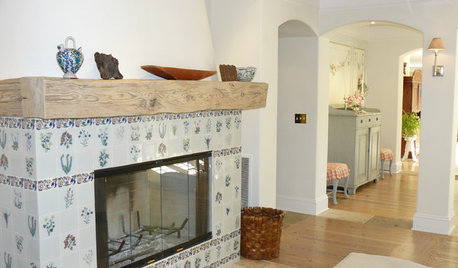
DECORATING STYLESSo Your Style Is: Swedish
Fresh faced and cheerful, Swedish style marries casualness and elegance with ease. Could its lighter look uplift your home?
Full Story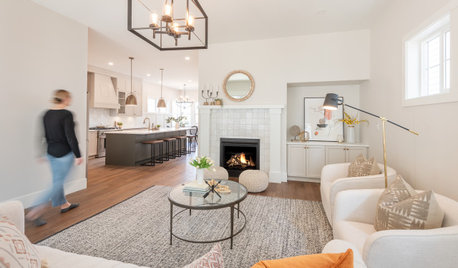
REMODELING GUIDESThe 4 Stages of a Remodel: Happily Ever After
At last your project is coming to a close. Well, almost. Don’t forget these final steps before you settle in
Full Story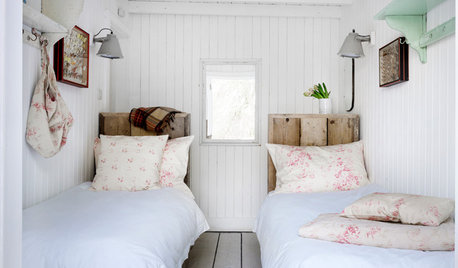
DECORATING GUIDES10 Recipes for Shabby Chic Style
Rustic furniture, floral fabrics, sparkling chandeliers. Here are 10 easy ways to bring the romantic cottage look into your home
Full StoryMore Discussions










severnsideOriginal Author
bluespruce53
Related Professionals
Clemson Landscape Architects & Landscape Designers · Allentown Landscape Contractors · Edmond Landscape Contractors · Alpharetta Landscape Contractors · Columbine Landscape Contractors · Corona Landscape Contractors · Deerfield Beach Landscape Contractors · Dickinson Landscape Contractors · Fort Payne Landscape Contractors · Roswell Landscape Contractors · Thonotosassa Landscape Contractors · Woodbury Landscape Contractors · Four Corners Landscape Contractors · Lauderdale Lakes Landscape Contractors · Suisun City Landscape ContractorssevernsideOriginal Author
bluespruce53
severnsideOriginal Author
severnsideOriginal Author
coniferjoy
severnsideOriginal Author
coniferophytus
coniferjoy
severnsideOriginal Author
severnsideOriginal Author
greenman28 NorCal 7b/8a
severnsideOriginal Author
whaas_5a
severnsideOriginal Author
greenman28 NorCal 7b/8a
noki
greenman28 NorCal 7b/8a
severnsideOriginal Author
greenman28 NorCal 7b/8a
severnsideOriginal Author
gardener365
poopsko
severnsideOriginal Author
poopsko
severnsideOriginal Author
greenman28 NorCal 7b/8a
severnsideOriginal Author
greenman28 NorCal 7b/8a
severnsideOriginal Author
greenman28 NorCal 7b/8a
toucanjoe
toucanjoe
severnsideOriginal Author
severnsideOriginal Author
greenman28 NorCal 7b/8a
jth97381
severnsideOriginal Author
jth97381
greenman28 NorCal 7b/8a
jth97381
greenman28 NorCal 7b/8a
blue_yew
tunilla
severnsideOriginal Author
blue_yew
tunilla
greenman28 NorCal 7b/8a
tunilla